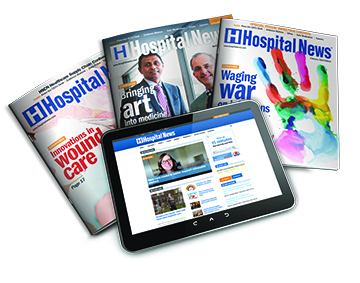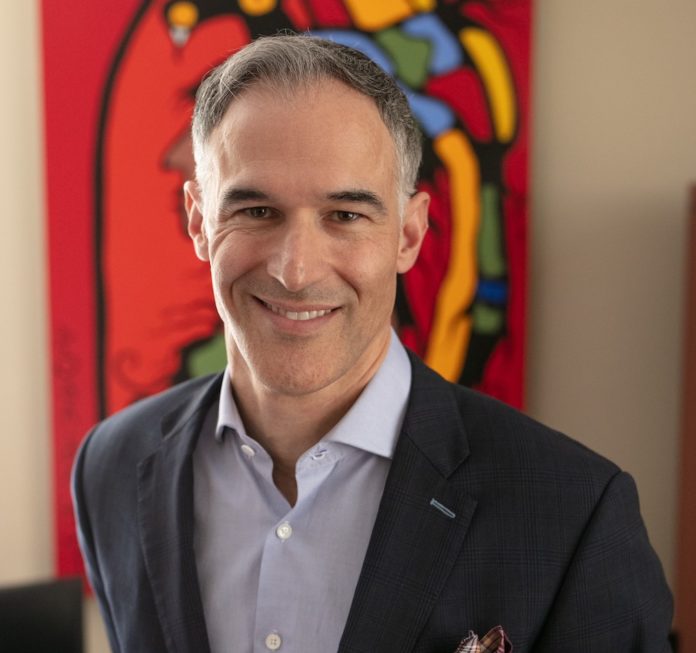It’s no secret that the challenges for people living with chronic health conditions, including diabetes, have only worsened during the pandemic. And while more than five million Canadians live with diabetes now, this number is expected to rise over the next decade.
As this number continues to grow, empowering patients with the tools to better monitor and live well with diabetes is becoming increasingly essential. To do this, one of the best tools at our disposal is monitoring their amount of time spent in their target range or “Time in Range”.
What is “Time in Range” and why is it important? Time in Range (TIR) is a measure of the amount of time that a person with diabetes spends in their target blood glucose range.Wearing a continuous glucose monitor (CGM) can give a person this measure so that they have a better sense of when their blood glucose levels are fluctuating, how often and why.
Managing blood glucose levels appropriately is a critical part of diabetes care, so monitoring TIR is a powerful tool. Spending as much TIR as possible can help prevent hypoglycaemia and hyperglycaemia, which we know can lead to serious complications, including damage to the blood vessels, neuropathy, retinopathy, nephropathy, heart attack and stroke, and even cancer.
We also know that, even when individuals with diabetes are aware of these risks, daily diabetes management can be overwhelming. Monitoring TIR can help pinpoint fluctuations in blood glucose levels, empowering patients to review their patterns over the past weeks to plan better for the future, achieve consistent blood sugar goals, and prevent both the short- and long-term complications of this chronic disease.
For physicians, using TIR as a metric helps determine what factors might cause a patient’s blood sugar levels to fluctuate – for example, lifestyle factors such as diet – and, in turn, enables better and more personalized guidance on how to keep those levels in check.
How does Time in Range compare to the A1C blood test?
Recent evidence suggests that measuring TIR helps to better identify patterns and fluctuations in blood glucose levels than the A1C test.
Healthcare professionals have depended on the A1C blood test for close to three decades. It offers a great estimation of the average blood sugar levels over the past few months, but it doesn’t quite go as far as TIR. While A1C measures the average amount of glucose in the blood for two-to-three-month periods, TIR captures the variation of blood glucose levels that occur both within a 24-hour period and over time. As a result, it’s a more immediate and more accurate summary of how an individual’s blood glucose levels may fluctuate on a daily basis.
Think of it this way: two people with diabetes could appear to have the same blood glucose and A1C levels. However, one of them could have consistent levels, while the other might have levels that fluctuate dramatically from day to day, or hour to hour, over that same period of two to three months, with dangerous highs and lows. Identifying those fluctuations in real time can help reduce the risk of both short-term and long-term complications.
Why is living “in range” helpful for people with diabetes?
Diabetes is a life-long, chronic disease that requires daily management and spending TIR can significantly improve quality of life for a person living with the condition. While this constant management can be overwhelming at times, physicians can help by making sure their patients have the most up-to-date information and the best available tools. By taking a holistic and personalized approach to care, patients can be empowered to feel more in control and make the best decisions possible, so they can have optimal management of their condition and truly live well with diabetes.
Dr. Bruce Perkins is an Endocrinologist and Director at the Diabetes Clinical Research Unit, Leadership Sinai Centre for Diabetes, Sinai Health System.




